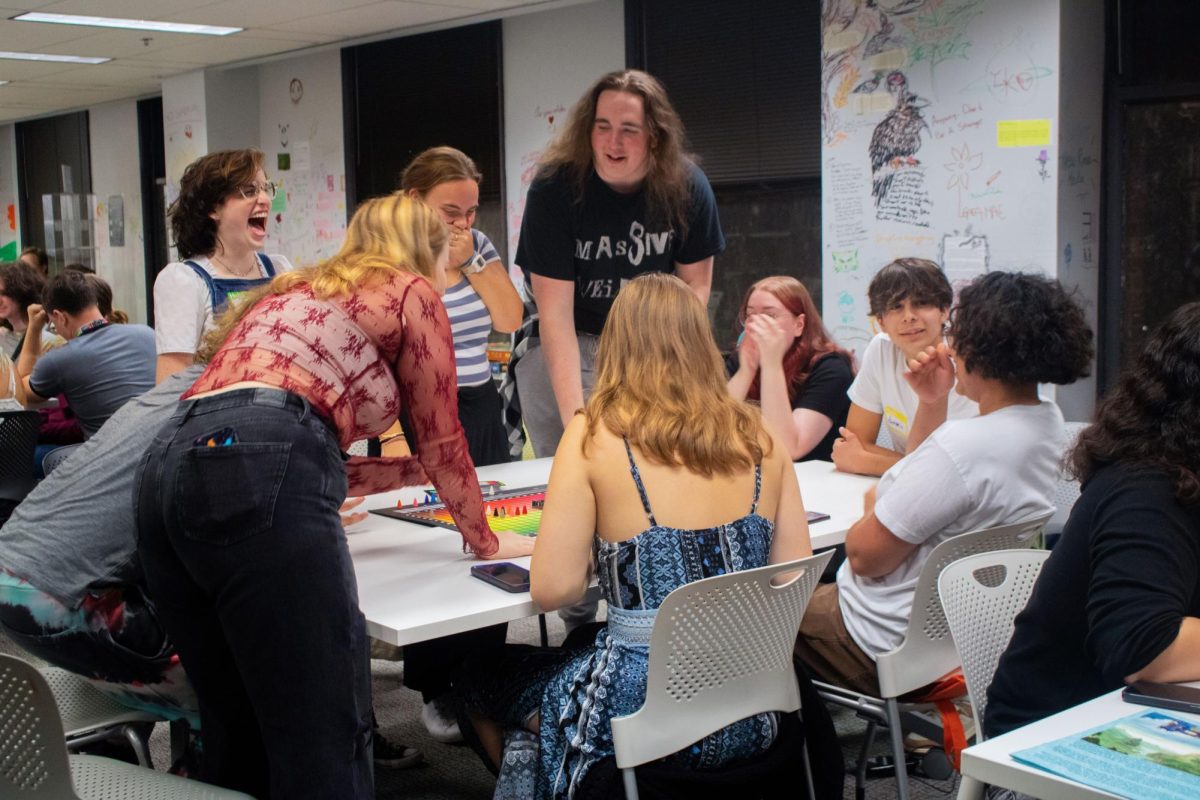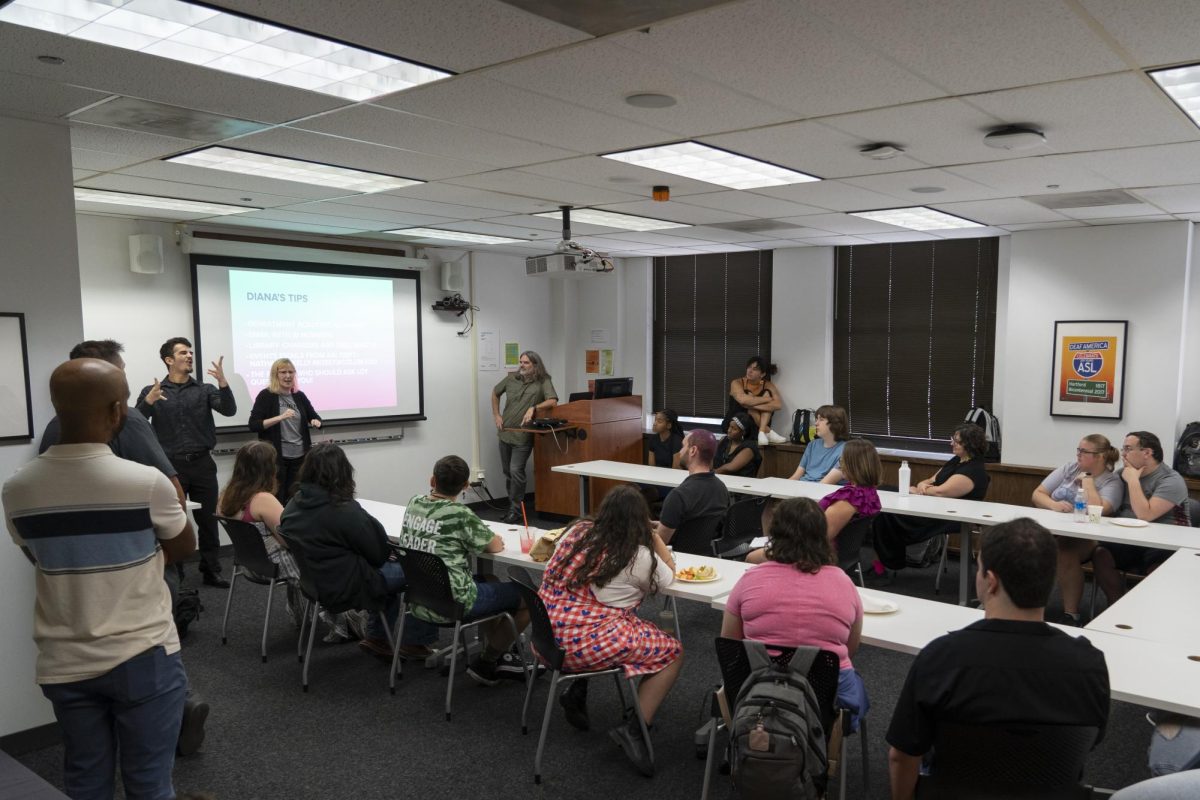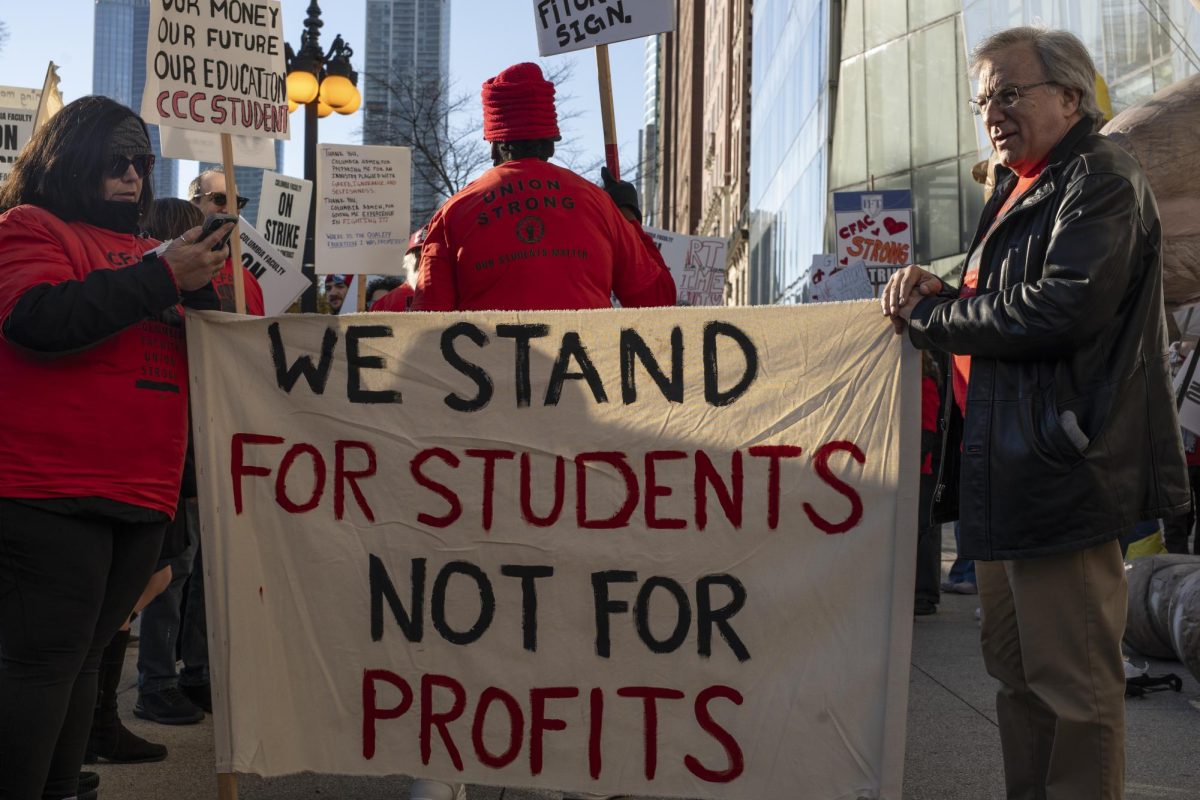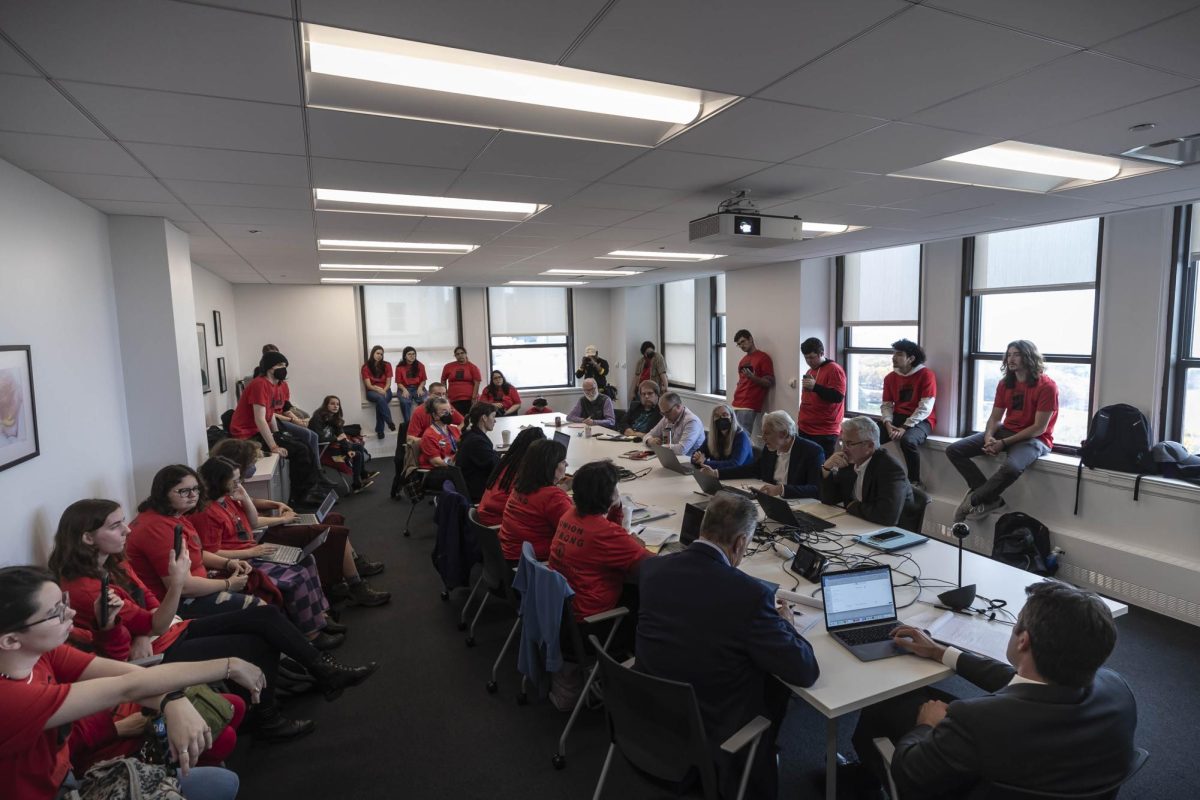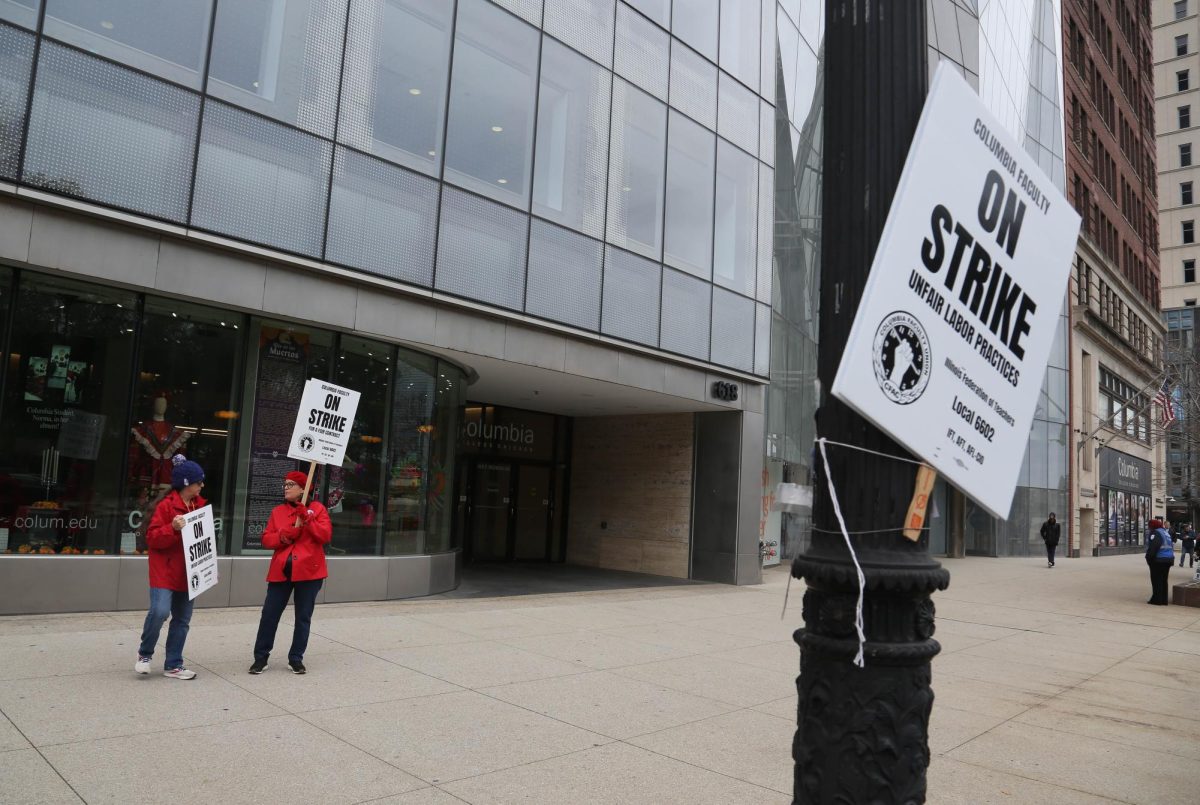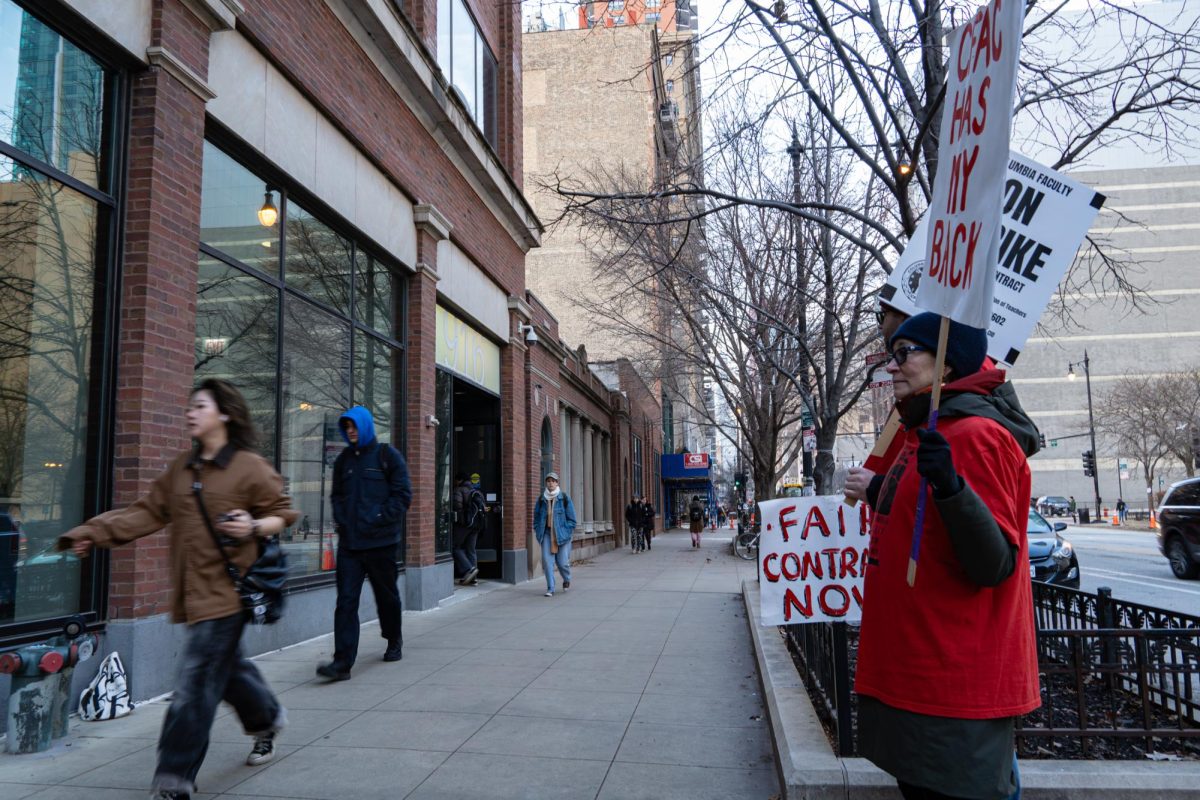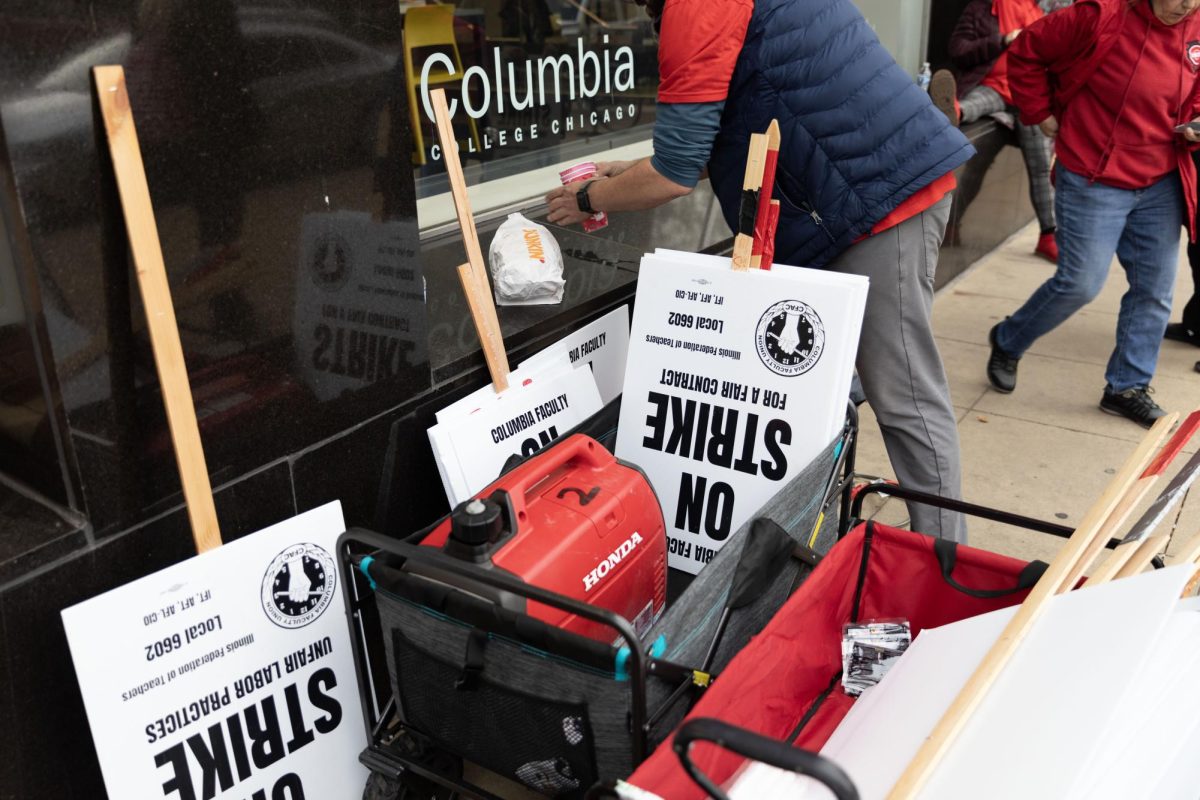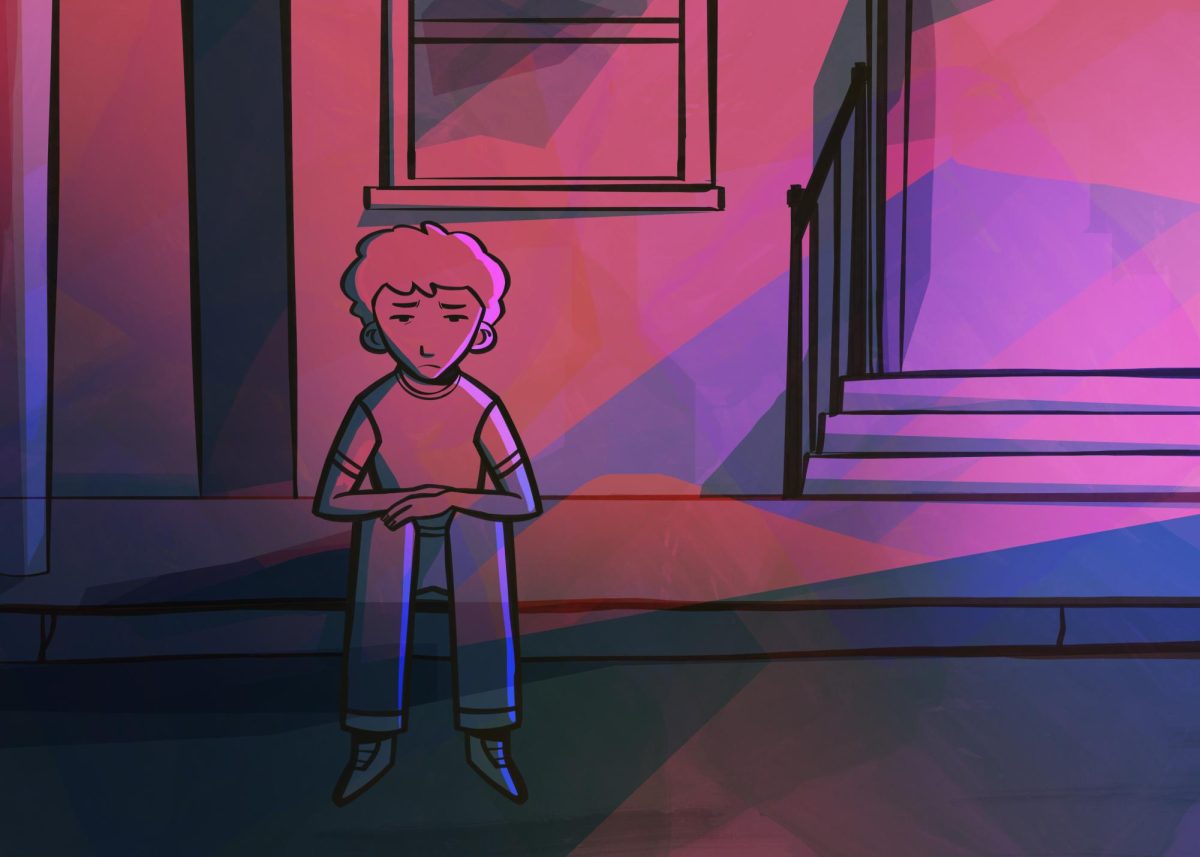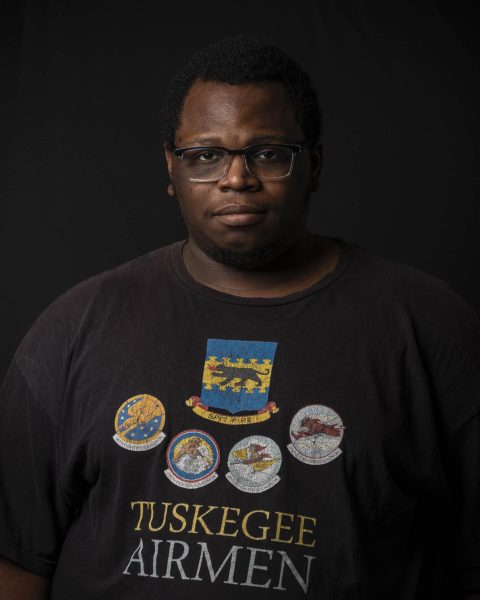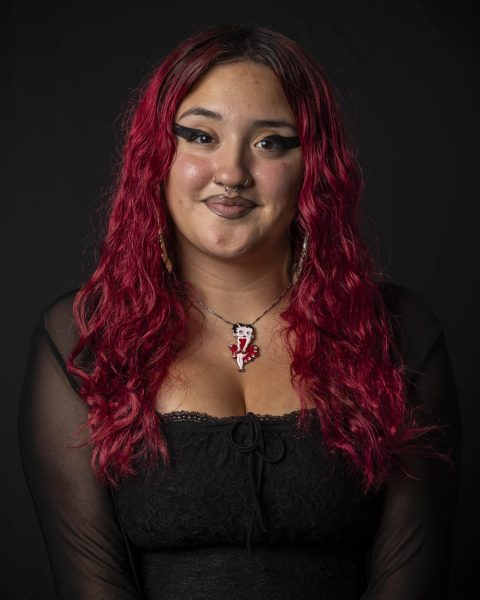Registration for next spring will start at 7 a.m. on Monday, Nov. 6, as the strike with the part-time faculty union moves into a second week.
The college has said all facilities remain open, including creative spaces, labs and studios, and students can still check out equipment.
The union is striking over cost-cutting measures the college has taken to close a $20 million deficit. The result will be fewer opportunities for Columbia’s 584 part-time instructors to teach.
The college said bargaining with the Columbia Faculty Union, or CFAC, took place Friday and Saturday.
“While there has been some progress on certain issues, there is no agreement on several of the union’s demands,” according to an email sent by Terence Smith, special counsel labor relations and Chief of Staff Laurent Pernot, on Sunday, Nov. 5. “The decision on whether to continue to stay out of the classroom lies with the union.”
Department chairs have asked full-time faculty to help cover some classes taught by striking part-time instructors.
In an update posted on the college’s website on Friday, President and CEO Kwang-Wu Kim said while some class sessions are being canceled, others are meeting with a different faculty member, and “some students may not be aware of this.”
The part-time union has pushed back on this, asking students to report instructors who are crossing the picket line, including full-time faculty who are not on strike. The college has 221 full-time faculty members.
At a rally on Friday, Nov. 3, in front of the 600 S. Michigan Ave. building, Randi Weingarten, president of the American Federation of Teachers, told striking part-time instructors that the administration was pitting them against tenured professors.
“In the house of labor, we understand that solidarity is what the working class needs to lift everyone up,” she said. “There is power in solving issues together as a union. There is power in not letting the boss divide workers.”
Sunny Soloman, a junior film major, is upset at the administration.
“It feels like they are prioritizing the business over the people,” Solomon said. “It’s absurd this had to happen in the first place.”
In the days leading up to the strike, the union mobilized students around possible course cuts and increased class sizes. But when the Spring 2024 schedule was released, a Chronicle review found that while the college is increasing some course caps, they were not significant across classes.
According to the college, of the 1,531 course sections offered for Spring 2024,
- 55% are seeing no increase in enrollment caps from Spring 2023 numbers. Of this number, 15% of classes are seeing a decrease, and 40% are staying the same.
- 45% are seeing an increase in enrollment caps, half of which increased by 20% or less, the other half above 20%. The average increase is 5.7 seats.
The last time the part-time union went on strike, it lasted two days.
Madison Phillips, a senior graphic design major, worries about what happens when the strike is over.
“I’m concerned about the workload when the strike ends,” Phillips said.





